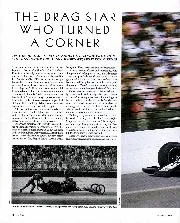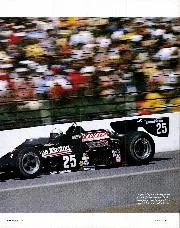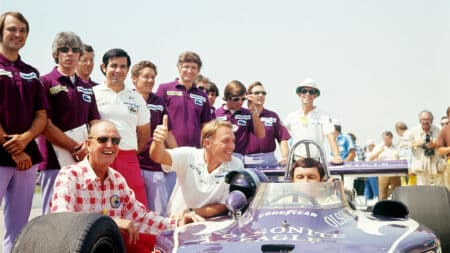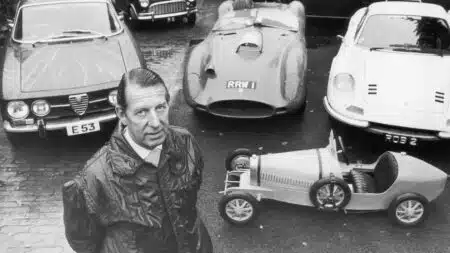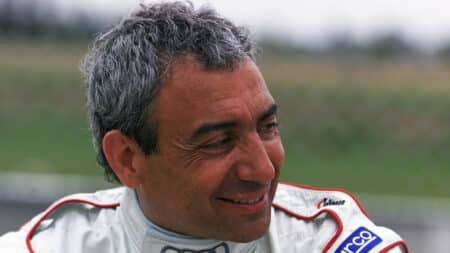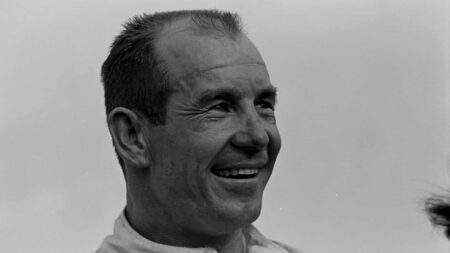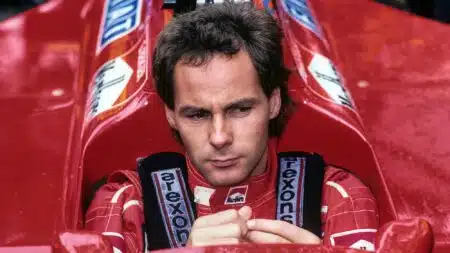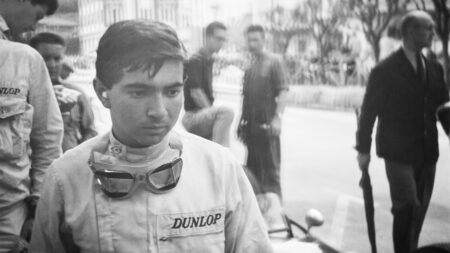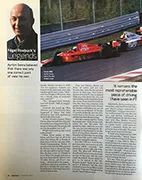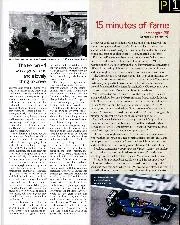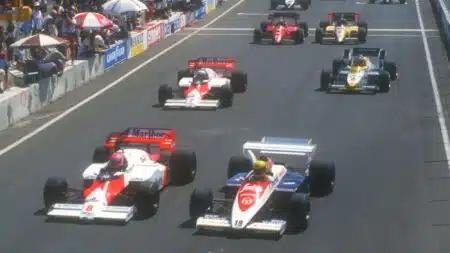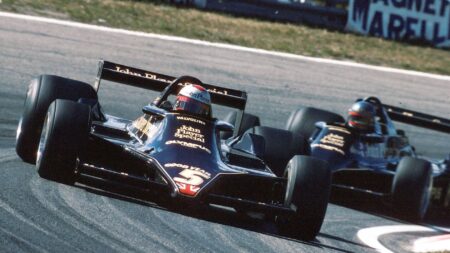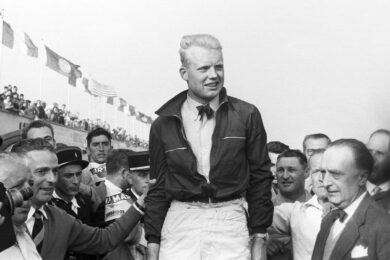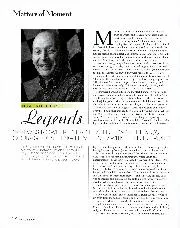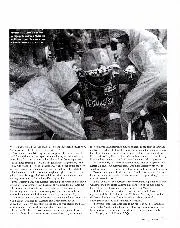Not long afterwards Bettenhausen broke his left arm in a sprint car shunt, and quickly came to see that Penske was not a man to stand on sentiment: “Roger didn’t like me running the sprints and it was in the contract that he had the right to stop paying me if I got hurt in someone else’s car. So he stopped paying me. My deal with him was 25 per cent of what I won, and $1500 a month – out of which I had to pay my own expenses!”
Once he had recovered, the Penske contract was renewed, and on better terms. “I said, I want to be treated like every other driver. I want 40% of what I win and $2500 a month, so I can pay my expenses and have a little left over.’ He agreed and I signed a three-year contract for the Indycar – and then a two-year contract to drive his AMC Matador in NASCAR.”
The latter didn’t go the distance. After only four races in 1974, Penske informed Gary that American Motors wanted a better-known NASCAR driver in the car. He was replaced by Bobby Allison. “I’m sure,” Gary smiled, “it had nothing to do with Allison’s Coca-Cola sponsorship.”
Whatever, it meant that, instead of going to Daytona, Bettenhausen now had the July 4 weekend free – unthinkable, when there was a sprint race at Reading, Pennsylvania, on the Saturday night, and a championship dirt race at Syracuse, New York, the following day: “First, at Reading, Bruce Walkup’s car flung up a lump of dirt which hit me in the nose and broke it. Then Vukovich and I drove all night in my van to get to Syracuse.”

Despite injuries, Bettenhausen was still taking sprint car titles in the ’80s – here he is at Phoenix in 1983
Getty Images
Did he not have the nose at least examined before starting the journey?
“No. We got to Syracuse, and it was like 110 degrees. Prior to that it had rained for two or three days, so the track was really heavy – and very fast I went out to practise and found I only had about 40% turn-in, because they’d shortened the wheelbase by four inches but hadn’t shortened the drag-link. On my first lap, I lost the front end because I was getting so much bite from the rear tyres, so next time I went in harder to give it more of a pitch, but that was the end of the steering – I didn’t have enough to keep up with the momentum of the back end. The car went into a long slide – and dug in. After somersaulting lots of times, it went over a 12ft chain link fence and hit a storage building, where they kept a bunch of pinball machines. It hit nose first, then came back on the racetrack. But if it hadn’t been for that building I’d have gone into the people, maybe killed some – and probably I’d have been dead, too.
“Even in slow motion, you can barely count the flips. From the time it started to flip until it came to a stop was less than two and a half seconds – and it flipped eight times. It took my seat belt and harness, straightening out the 90-degree steel buckles like they were made of lead. I broke both my collarbones – from the belts – and that’s what tore the nerves in my neck: my left arm was instantly paralysed.
“Next morning Vukovich came to see me and says, Well, “Schmuck” – that was my nickname – ‘if you want to lay in bed ’til noon, if you don’t want to work for a living, this is the kind of shit you’ve got to put up with!”
It was the end for Bettenhausen and Penske: “Roger called me at the hospital and said, ‘You realise I have to let you go?’ I said, ‘Yeah, I knew it was coming.’ I was never mad at him – except for the NASCAR episode, which came without any warning.”



